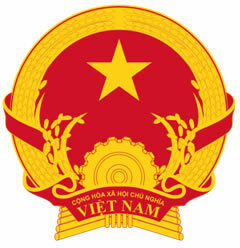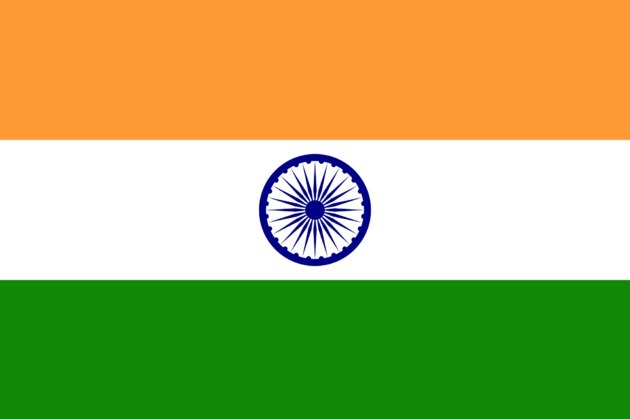Bathed by the China Sea in all its eastern extension, the territory of Vietnam is limited to the north by China and to the west by Cambodia and Laos. The nation is located on the peninsula of Indochina, which, after gaining independence from the French in 1954, was divided into four countries: Laos, Cambodia, North Vietnam and South Vietnam.
In 1959, North Vietnam, under socialist rule, began a struggle against South Vietnam for the reunification of the country. Fearing an expansion of socialism in Southeast Asia, the United States, in 1961, entered the conflict in defense of South Vietnam, intensifying the Vietnam War. US troops dropped bombs with chemical defoliant (agent orange), causing the destruction of agricultural and forest areas, in addition to causing several deaths. In 1975 alone, the war came to an end, with more than 58,000 deaths of US soldiers and 2 million Vietnamese. On July 2, 1976, Vietnam was reunified, adopting socialist rule with the support of the Soviet Union.

Aftermath of the Vietnam War
In the 1990s, the national government carried out reforms in economic policy, installing a model similar to that adopted by China. In this sense, Vietnam started to attract foreign capital, including from the United States, which is currently its main economic partner. In recent years, the country has registered the greatest economic growth in Southeast Asia, joining the group of “New Asian Tigers”.
Do not stop now... There's more after the advertising ;)
With investments from Japan, the United States, China, among other countries, Vietnam, which had an economy based on the agricultural sector, especially in rice production, it expanded the industrial sector, with emphasis on the production of shoes, clothing, toys, products electronics, etc.

Coat of arms
Vietnam data:
Territorial extension: 331,689 km².
Location: Asia.
Capital: Hanoi.
Tropical weather.
Government: Single-party regime (Communist Party) and a supreme body (National Assembly).
Administrative division: 59 provinces and 5 municipalities.
Language: Vietnamese.
Religions: Buddhism 48.8%, no religion 12.7%, new religions 11.1%, traditional beliefs 9.8%, Christianity 8.5%, atheism 6.9%, other 2.2%.
Population: 88,068,900 inhabitants. (Men: 43,498,243; Women: 44,570,657).
Composition: Quines 87%, hans 2%, such 2%, other 9%.
Demographic density: 265.5 inhab/km².
Average annual population growth rate: 1.1%.
Population residing in urban areas: 28.32%.
Population residing in rural areas: 71.68%.
Undernourished population: 14%.
Life expectancy at birth: 74 years.
Households with access to clean water: 92%.
Households with access to a health network: 65%.
Human Development Index (HDI): 0.572 (average).
Currency: Dong.
Gross Domestic Product (GDP): 90.7 billion dollars.
GDP per capita: $815.
External relations: Apec, Asean, World Bank, IMF, WTO, UN.
See more:
Vietnam War
By Wagner de Cerqueira and Francisco
Graduated in Geography
Brazil School Team
countries - geography - Brazil School



